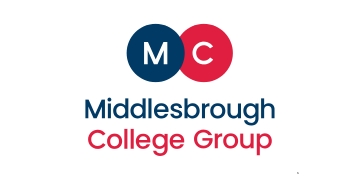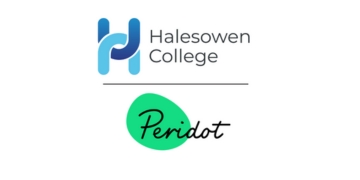Trying to benchmark and measure quality in a trust is undoubtedly a hot topic in the sector. It’s been over a year since the DfE’s Schools White Paper was released, laying out the Government’s vision for the sector.
Since then, we’ve seen snippets of additional details about how DfE define trust ‘quality’ (plus the CST’s assurance framework, which builds on the DfE’s Trust Quality Descriptions), with the most recent guidance offering a transparent starting point and information on how Regional Directors make decisions on commissioning new or growing trusts.
However, it’s worth noting that there is a distinct lack of specific criteria on how to deliver, leaving it up to the industry and trusts to create the necessary foundations.
Many leaders have been left scratching their heads, pondering questions such as: how can you measure quality across such a variety or trusts, and how can it be proven?
Thirteen years in the making
There’s clearly a push to create recognised standards that can be used to identify high performing trusts, drive improvement in the sector and support consistent growth without having a detrimental impact on pupils.
One of the purposes of these trust quality descriptions is to provide greater clarity, helping inform trust improvement and capacity-building priorities.
Important stuff, which has prompted some within the space to ask: why has it taken so long to get something in place?
We recently hosted a webinar, covering the wider topic, and our guest, Leora Cruddas, CEO of the CST, explained during the talk: “The trust sector is not that old.
“Although there were academies prior to 2010 under the Labour government, really we saw the current iteration of the rise of school trusts after the Academies Act 2010, and in public policy terms, 13 years is not a very long time.
“So, it may feel surprising that it’s taken us 12 or 13 years to ask the question ‘what is a strong trust?’ But it’s important that we do because now more than half of children and young people in England are educated in the trust sector. And we do need to start to codify trust improvement.”
Something worth striving for
At the moment, no single metric can be used to define what makes a trust high-quality.

However, the current guidance outlines the quantitative and qualitative evidence across the five key areas (High Quality & Inclusive Education, School Improvement, Workforce, Finance & Operations and Governance & Leadership), providing a handy benchmark for ‘what good can look like’ in the academies sector – whatever your trust’s strategic ambitions.
Providing quantitative evidence in each area can be a challenge for many trusts. Even if the raw data exists, it’s likely siloed and inaccessible, or by the time it is harvested, it is out of date.
Moreover, it is found in different systems across finance, HR and student management.
IRIS Central solves this problem by connecting live to your separate systems and bringing key data together in customisable dashboards, alongside external data for benchmarking. Plus, being in one place, you can easily combine the different types of data to demonstrate strength in areas that would otherwise be a headache. It’s very difficult to demonstrate the efficient and effective use of resources if you can’t, for instance, map curriculum and training spend to teacher performance and student outcomes.
So, if your trust has ambitions to grow, are you confident that you can present the best case to your Regional Director?
You’re in luck! We’ve created a handy quiz to help you get an idea of how closely you align with the DfE guidance, enabling you to easily identify areas of strength and those which need improvement.















Your thoughts